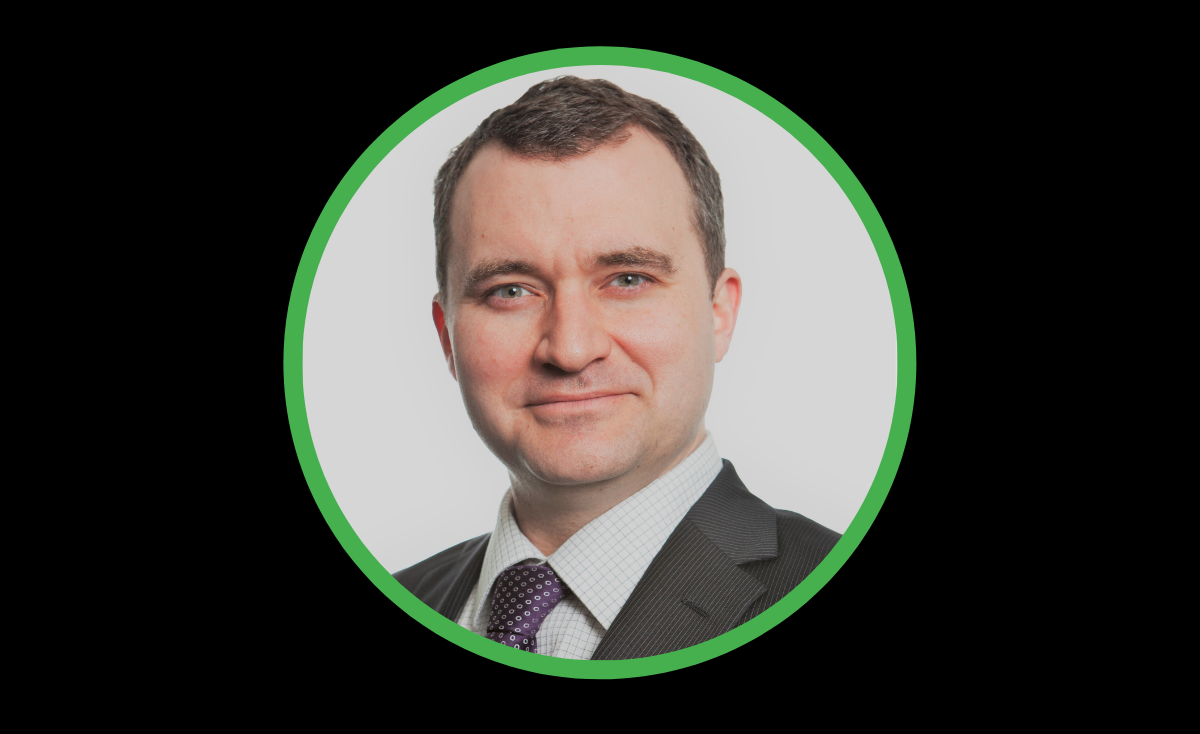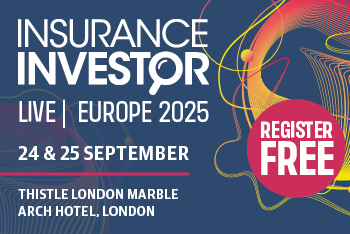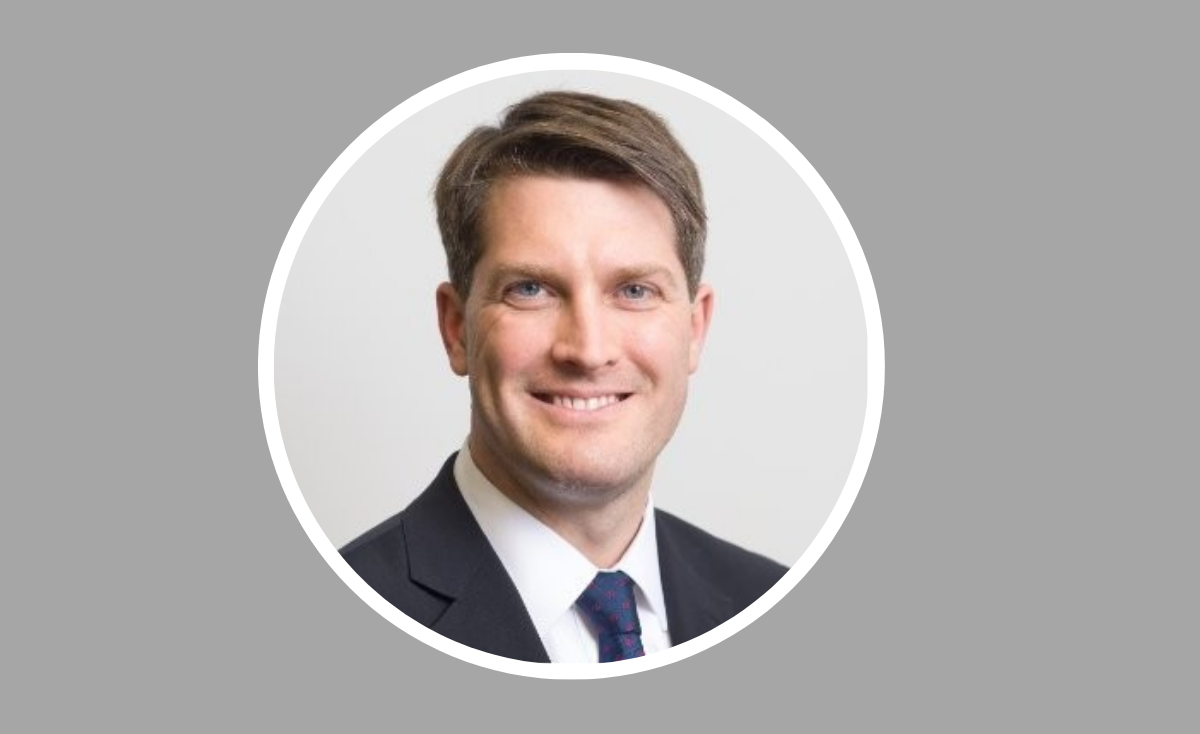What is the best route for middle and back-office modernisation?
Gary Brackenridge, Global Head of Asset Management, Linedata, explains how evolving investor expectations are changing the demands on middle and back-office operational teams and leaders.
Fund Operator Editor POSTED ON 5/20/2022 8:21:41 AM
 Gary Brackenridge, Global Head of Asset Management, Linedata
Gary Brackenridge, Global Head of Asset Management, Linedata
The use of technology and digitalisation could be revolutionary for middle and back offices in fund management firms – if they let it, says Gary Brackenridge, Global Head of Asset Management, Linedata.
"Instant access to deep and accurate information is not just a requirement but has become an expectation of the investors that our industry serves"
In Clear Path Analysis’s report Fund Technology, Data & Operations, North America, industry leaders from companies including Pzena Asset Management, Russell Investments, and S&P Down Jones look at what role can technology play in addressing demands of changing operations.
“As the world continues to evolve, instant access to deep and accurate information is not just a requirement but has become an expectation of the investors that our industry serves,” says Brackenridge. “They need to know exactly what is happening at all times, with this information being provided by middle and back-office teams. Investors’ expectations of instant access to deep information is not something that we, as an industry, have been able to satisfy for many years.”
Many in the industry agree, a 2021 report from Accenture says, “Traditional investment service providers need to close an expectation gap when it comes to servicing different generations and types of investor,” and that “Those able to offer a seamless, personalised and omni-channel customer experience will be the winners in an increasingly competitive market.”
It recommends learning how to meet as yet unmet customer needs and adds that solely on existing datasets for more segmentation and personalisation will not be enough to improve customer experience.
“Technology now is at a place where we can do this, and we can leverage technology and provide instant access,” he adds.
This trend hasn’t gone unnoticed by others in the market. Morgan Stanley says that investments in cloud computing and robotic process automation (RPA) should also take priority for banks to stave off customer dissatisfaction. “These investments offer an immediate opportunity for cost savings in the back office, while at the same time putting banks in a better position to compete with FinTechs.”
“ESG as an investment thesis is not a fad but is a fundamental structural addition to how firms manage money and how investors want to see their money managed"
Brackenridge says another area where this trend has become apparent, is the “exciting” opportunities around ESG.
“ESG as an investment thesis is not a fad but is a fundamental structural addition to how firms manage money and how investors want to see their money managed,” he says. “We stand at this nexus as an industry where we have been quickly assimilating ESG information into the asset management process.”
“Investors have always been very demanding and always will be, but the demands today are related to transparency, instant access to information and the true ability to understand what is happening with their money,” says Brackenridge. “We don’t believe that ESG is a fad. We believe that it is a fundamental addition to the metrics that are required when managing assets in the world today.”
“The opportunity for us as an industry to provide those kinds of technology solutions in the context of what investors want to see makes this a very exciting time for our industry."
Brackenridge uses Uber as an example and says the industry needs to utilise ‘Uber-style’ technologies to reach this level of transparency, which is called a multisided platform business model. “If you think about what you get with Uber, you go on the app, you put in what you are trying to achieve, it tells you the price, it finds you a driver, you can see the driver accept the job, you can see the driver coming towards you, you know who it is when it arrives, they know where to go, you can track the entire trip, you get a receipt at the end. This kind of instant access to information is the set of expectations that we now see investors demanding. They want their money to be treated in the same way that we treat humans with an Uber experience.”
“The opportunity for us as an industry to provide those kinds of technology solutions in the context of what investors want to see makes this a very exciting time for our industry."
To read the report in full, please click here.
Please Sign In or Register to leave a Comment.
SUBSCRIBE
Get the recent popular stories straight into your inbox







